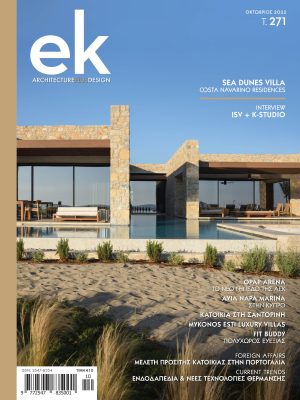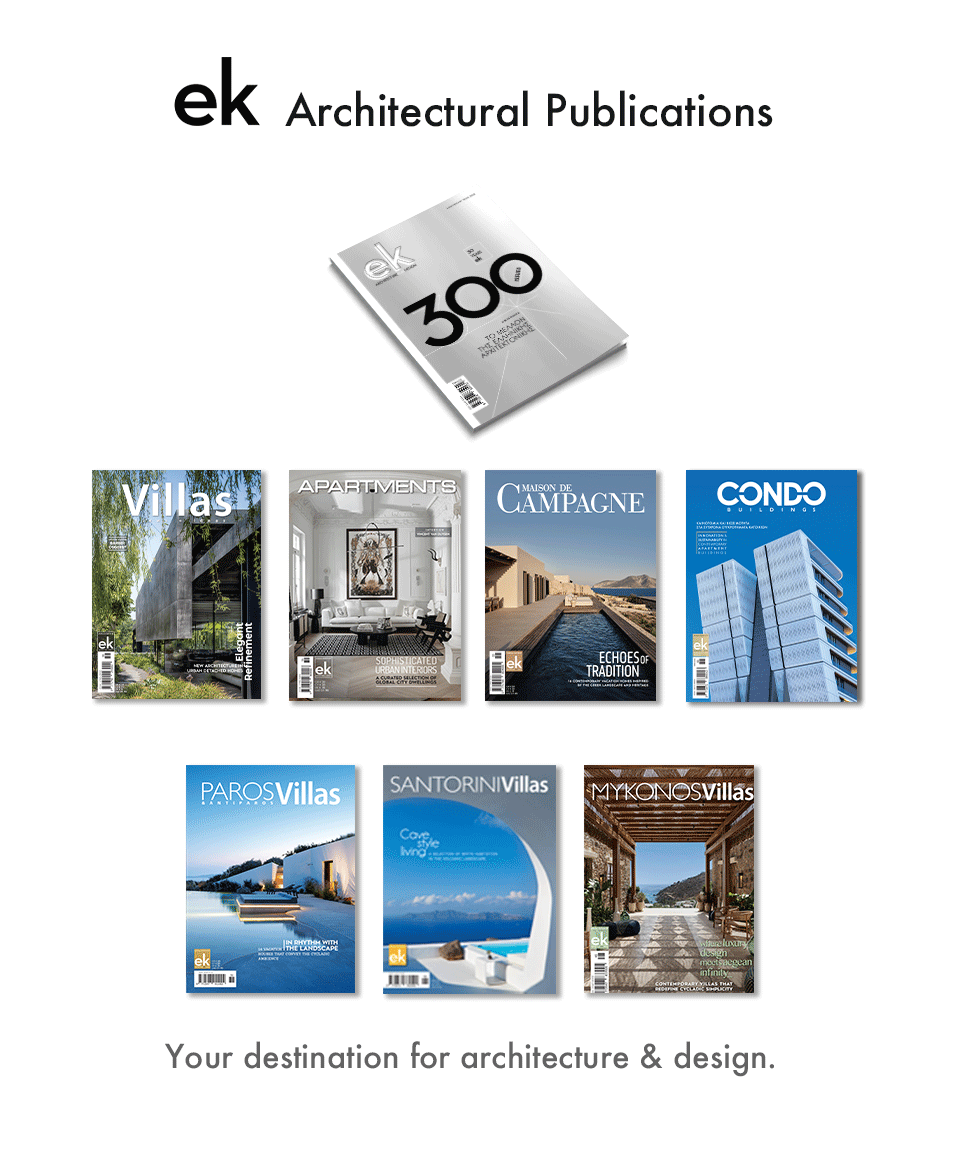Small-Scale Constructions
The archaeological sites scattered throughout Greece are a valuable treasure of world cultural heritage. Their increased number of visitors is directly linked to the rise of tourist activity, especially during the summer season, and calls for minimal yet essential architectural interventions to ensure the proper service of the public. This primarily concerns the entrance areas of archaeological sites, including ticket offices, shops, restrooms, as well as necessary shading and resting structures for visitors waiting or after completing their visit. It also extends to the design of interior pathways, as well as the elements defining the surrounding boundaries.
As most of us may have noticed, the majority of these existing constructions show significant shortcomings, both aesthetically and functionally. In most cases -even in emblematic archaeological sites- they are rudimentary structures with no consideration for their integration into the space and landscape, material selection, or design principles. Yet, they could instead serve as outstanding examples of small-scale constructions, tailored to the specific context of each site. With the updated specifications outlined by the Ministry of Culture -such as lightness of construction, a simple contemporary architectural vocabulary, reversibility- and their implementation across the country’s countless archaeological sites in typological variations, these constructions could even become benchmarks for culturally significant sites worldwide.
Recently, a Greek architectural office delivered to the public a paradigmatic example of such a sales pavilion for the archaeological site of the Acropolis, located at the end of Pikionis’ pathway leading to the entrance of the Propylaea. Although perhaps large in scale in order to meet the site’s functional needs and the high volume of visitors, the structure is a simple linear rectangular prism. The lightness of the construction, the permeability of views -both into and out of the interior- as well as the careful choice of materials and colors, highlight the importance of contemporary architecture in such interventions.
Unfortunately, the Greek state seems to underestimate the impact that design and construction quality, when respectful of the archaeological and natural landscape, can have on the country -unlike nations such as Norway, which organize even international competitions for small resting and viewing structures along tourist routes in protected landscapes.
With its immense archaeological wealth, Greece must invest in upgrading reception and service areas and embrace contemporary architecture, not only for large-scale projects but also for small-scale constructions which, although modest, carry unique importance.
Ariadni Vozani








































